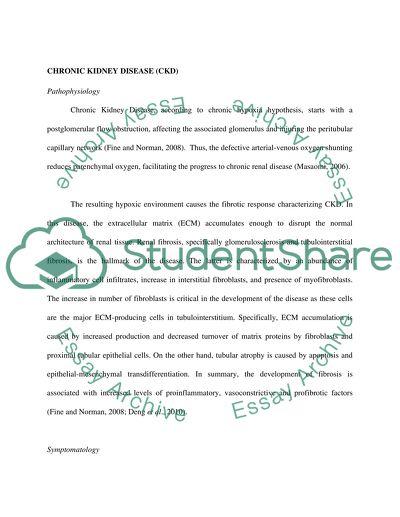Cite this document
(“Metabolic and physiological adaptations to renal failure Research Paper”, n.d.)
Metabolic and physiological adaptations to renal failure Research Paper. Retrieved from https://studentshare.org/health-sciences-medicine/1433726-metabolic-and-physiological-adaptations-to-renal
Metabolic and physiological adaptations to renal failure Research Paper. Retrieved from https://studentshare.org/health-sciences-medicine/1433726-metabolic-and-physiological-adaptations-to-renal
(Metabolic and Physiological Adaptations to Renal Failure Research Paper)
Metabolic and Physiological Adaptations to Renal Failure Research Paper. https://studentshare.org/health-sciences-medicine/1433726-metabolic-and-physiological-adaptations-to-renal.
Metabolic and Physiological Adaptations to Renal Failure Research Paper. https://studentshare.org/health-sciences-medicine/1433726-metabolic-and-physiological-adaptations-to-renal.
“Metabolic and Physiological Adaptations to Renal Failure Research Paper”, n.d. https://studentshare.org/health-sciences-medicine/1433726-metabolic-and-physiological-adaptations-to-renal.


